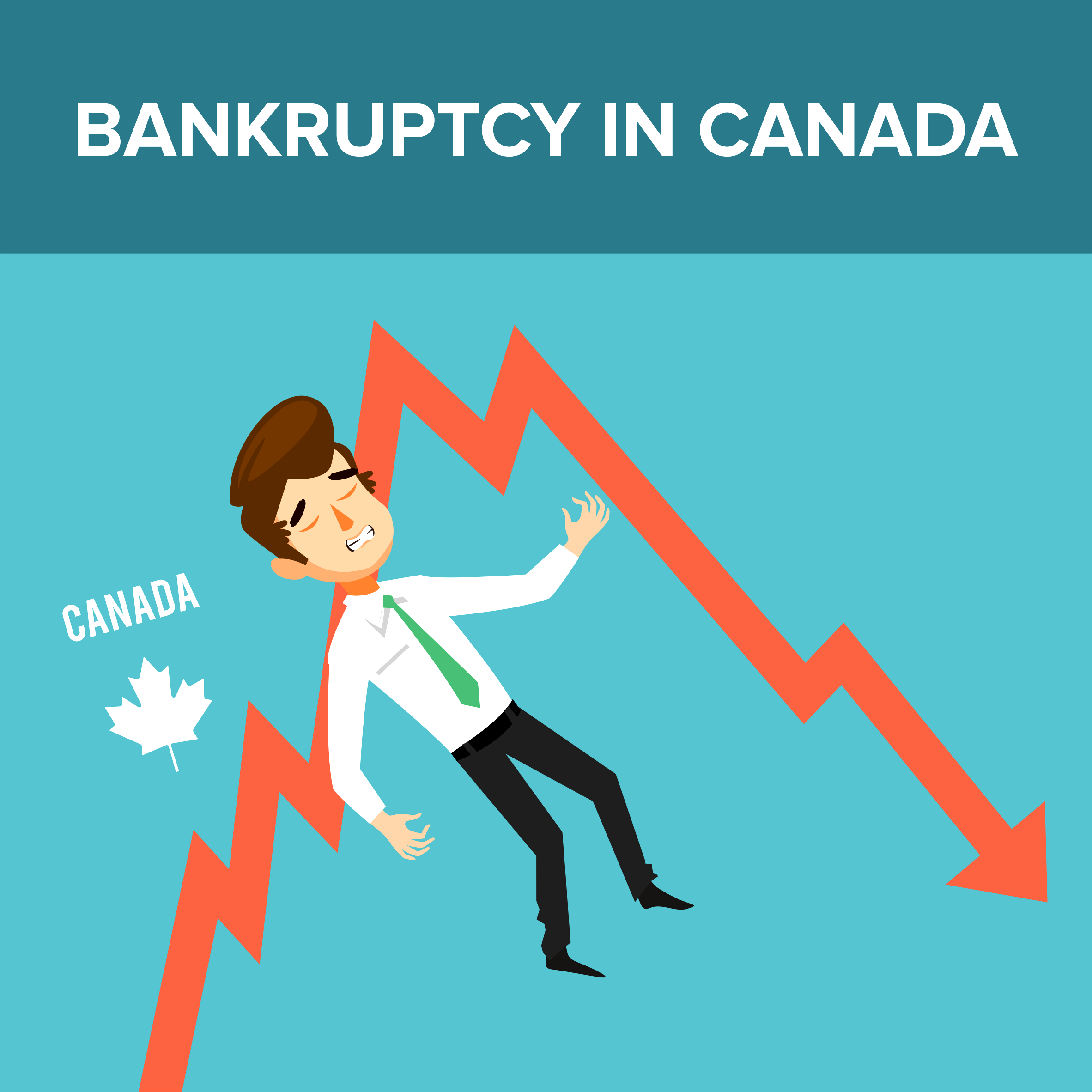
If no other option has worked in the quest of living a debt-free life in Canada, filing for bankruptcy may prove to be the last resort for you.
In this post, we have shed light on bankruptcy, its merits, demerits, and the process to file for it in Canada.
Here at Loan Away, our main goal is not to sell you a service bit educate you and show you ways how to manage your financial life better. Remember, there is one here to blame you for your past financial mistakes.
Merits of Filing for Bankruptcy
No more Risk of Aggressive Actions from Creditors
Filing bankruptcy will spare you from facing aggressive actions from your creditors. There will be no phone calls or emails from them once you have been declared bankrupt.
A Fresh Start
After being declared bankrupt, you can plan and make a fresh start to rebuild your credit; however, after a certain period.
Chances of Discharge of Obligations on you
With bankruptcy, you may be discharged of obligations that you have on you to repay certain debts and taxes.
Demerits of Filing for Bankruptcy
A Poor Credit Score
Nothing can save your credit score from being adversely affected if you have selected bankruptcy as an option.
Difficulty in Finding a Rented Accommodation
Finding a rented accommodation after you have been declared bankrupt may prove to be a difficult feat for you. Most landlords avoid giving their home to bankrupt tenants.
Your Debts may not be Cleared Off Completely
After your financial condition has improved, creditors may come back knocking on your door asking for their loan repayment.
Risk of Losing your Assets
With bankruptcy, there comes the risk of losing your precious assets such as a vehicle, home, etc. Thus, it is considered a safe option for people who have no assets to lose.
The Process to File for Bankruptcy
After going through the merits and demerits of bankruptcy, if you have decided to go ahead with this option, follow the process of filing for bankruptcy in Canada discussed in detail below:
Consult an Insolvency Trustee in Canada
The first step you need to take in order to file for bankruptcy is to select an insolvency trustee. A point you need to know here is that you must consult an insolvency trustee who is licensed. They will guide you through the whole process and help you to develop an understanding of debt regulations followed in Canada. Furthermore, they will also make sure your rights are protected throughout the whole process.
Selecting a trustee is an important step; thus, there are numerous factors that you must consider during this process. Some of them are:
1. They should be experienced. Moreover, as stated above, they must have obtained a license from the Superintendent of Bankruptcy.
2. They are easy to access.
3. They must have a deep understanding of Canadian bankruptcy laws and diverse situations that can lead to such a situation.
After zeroing on them, schedule an initial consultation with them and provide them with the complete details of your financial conditions. They will go through the details and review it thoroughly to suggest a better option other than filing for bankruptcy. In case there is no other option, they will go ahead with the bankruptcy process with your consent.
Start of Bankruptcy Process
After taking the final decision, you will have to complete an information form provided by the hired trustee. Apart from completing this form, you will also have to provide them with the following information:
- Your contact details
- Name, birth date, and other personal information
- Details of creditors you owe money
- Details of assets you own (if any)
Initial Paperwork & Signature
Once your trustee has all the details, they will then begin with the initial paperwork. After the paperwork is completed, complete details related to bankruptcy will be discussed with you and reviewed all over again. The next step, after reviewing the details, is to sign the bankruptcy papers for the bankruptcy to start.
The Process after Bankruptcy Starts
Now that the bankruptcy has started, you will have a “stay of proceedings” in your favor. Within this period, no creditor (unsecured) will be able to contact.
After the process has begun, a copy of bankruptcy documents will be sent to your creditors by the trustee. This paperwork is sent to them so that they can file a claim if they want to.
A point you need to know here that this process also comes with certain obligations that will be required to be fulfilled by you. These obligations include attending credit counseling sessions and sharing your monthly income statement.
Take Away
As stated above, if you going for bankruptcy option, your credit score is going to get severely affected. Even though your loans / bad credit loans will be canceled, the note of bankruptcy will be there on your credit report for the period of minimum 6 years. This period starts after the discharge date, which, in typical cases, is 9 months.




